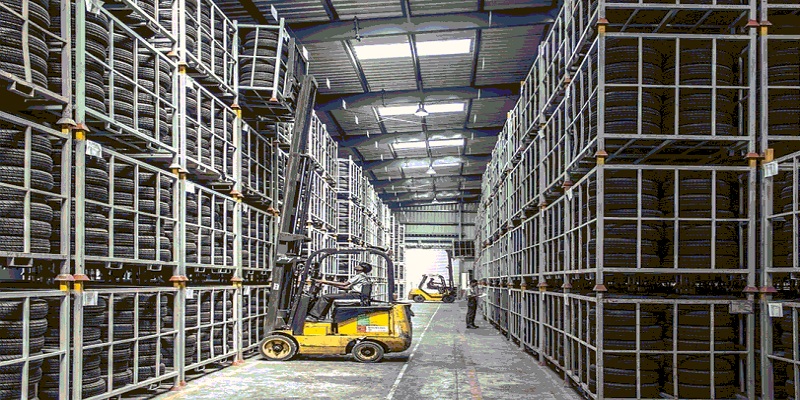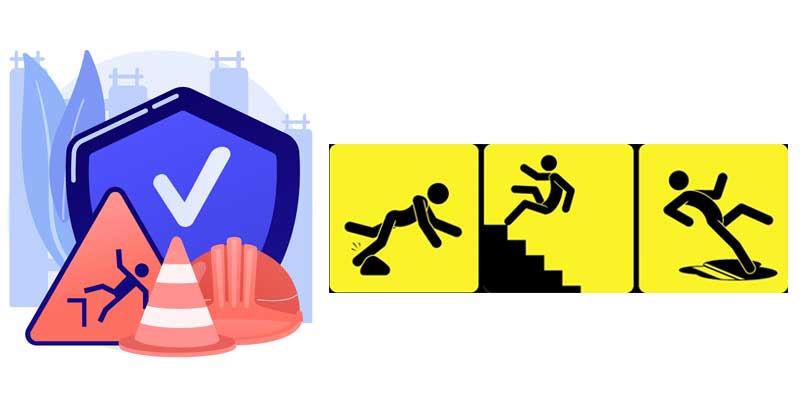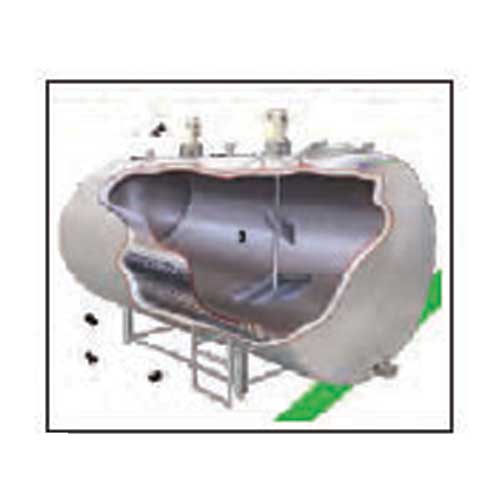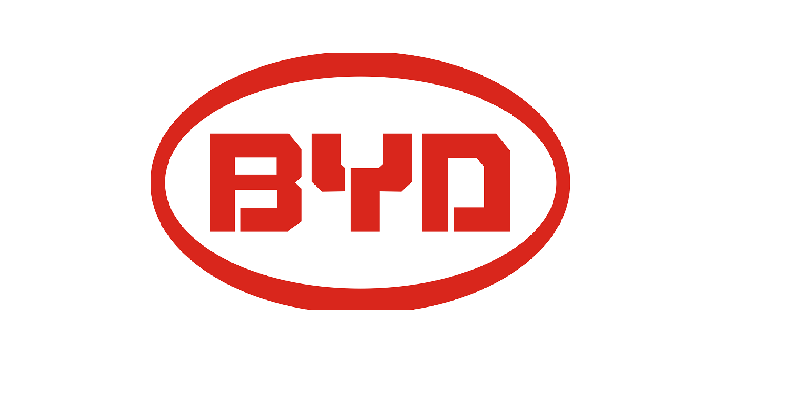Schedule a Call Back
Advantages offered by mechanised cold bevelling
 Articles
Articles- Jun 01,19

Related Stories

Navigating industrial risk management in the age of Industry 4.0
As industrial sectors embrace new technologies across their operations, the risks and opportunities to address them change. Recognising the possibilities and dangers of Industry 4.0 in risk manageme..
Read more
Indian Warehousing developers rush for land amid shift from China
Businesses in India have traditionally relied on dingy, stuffy low-rise sheds known as godowns for their storage needs, but these are unsuited to the needs of foreign industrial giants whose investm..
Read more
Constructing safely: Preventing slips, trips and falls
Performing risk assessment to identify potential for slips, trips, and falls is the first step towards keeping people safe from hazards at the workplace, says Kamarajan M in this article while infor..
Read moreRelated Products

Process Chiller
Tropicool eNovations And Cooling Systems offers process chiller.

Air Cooler
KABEL elektro offers a wide range of air cooler.

Bulk Milk Cooler
Process Engineering Company offers a wide range of bulk milk















